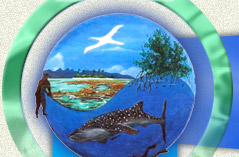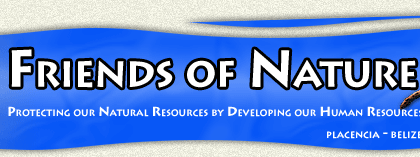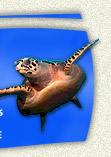Research:
RESEARCH UNIT
Coral reefs are the most biologically diverse and productive ecosystems in the world. Our economy, tourism, fishing and recreation depend to a great extent on healthy coral ecosystems. They provide a suitable habitat for fish, a valuable source of protein and livelihood for many coastal communities. Although coral covers 0.2% of the world oceans, they provide habitats for a third of all marine fish species.
Coral reefs are highly associated with mangrove and seagrass ecosystems to protect our shorelines, by reducing storm impact and routine erosion from waves. The rich biodiversity of these ecosystems also provides pure aesthetic and spiritual values to our communities.
However, coastal development, rising population densities, increased fishing and agricultural and industrial activities are stressing coral reefs.
Marine Protected Areas (such as Laughing Bird Caye National Park and Gladden Spit & Silk Cayes Marine Reserve) ensure that a system is in place to monitor and manage marine resources in a way that will sustain the industries that rely on those resources.
Thus, Friends of Nature has ensured that it adopts and collaborates with other regional organizations to monitor and manage marine resources in a standardized manner that will facilitate best decision-making practices by stakeholders.
Mesoamerican Barrier Reef System (MBRS) Synoptic Monitoring Program
It was designed as a regional protocol to monitor changes in ecosystem health
for management purposes. It includes specific techniques on monitoring corals,
reef fish, seagrass beds and mangroves. This protocol has been adopted by Belize,
Mexico, Guatemala and Honduras.
As a corollary, several Marine Protected Areas (MPAs) in Belize are considered priority sites in Mesoamerica and have thus adopted this monitoring protocol. Gladden Spit & Silk Cayes Marine Reserve is a MBRS priority area at which 10 sites have been designated as permanent monitoring sites where the coral and reef fish MBRS protocol will be implemented. Laughing Bird Caye National Park is a potential priority site with two potential MBRS sites. These sites are representative of deep (8-15 m) and shallow forereef (1-5 m) and shallow back reef (1-5 m) areas.
All MBRS data will be entered into a web-based GIS database called the Regional Environmental Information System (REIS). Currently data is being collected at these sites and being entering into REIS for regional analysis of the Mesoamerican Barrier Reef System.
About Friends of Nature | Research | Protected Areas | Newsletter | Contact Us | 










